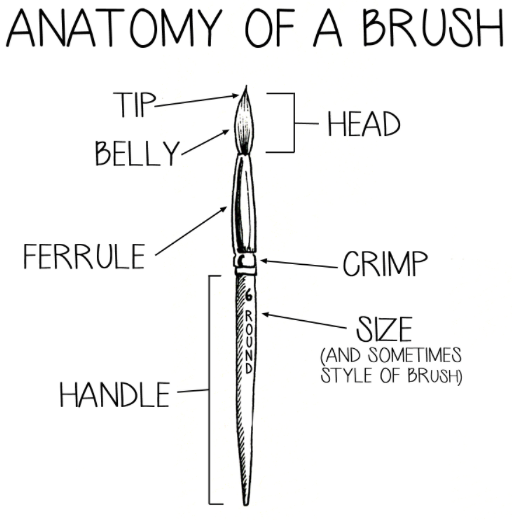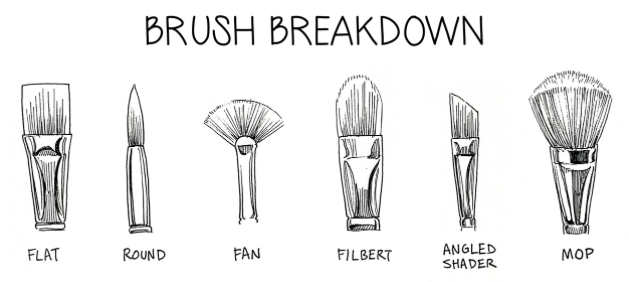Let’s start simple: the basic paintbrush
A brush has three major parts:
- The head (or the bristles)
- The ferrule
- The handle


Unlock exclusive member content from our industry experts.
Unlock exclusive member content from our industry experts.
Get everything included in Premium plus exclusive Gold Membership benefits.
Personally I like thee Filbert Brush. I feel I have more control on this brush.